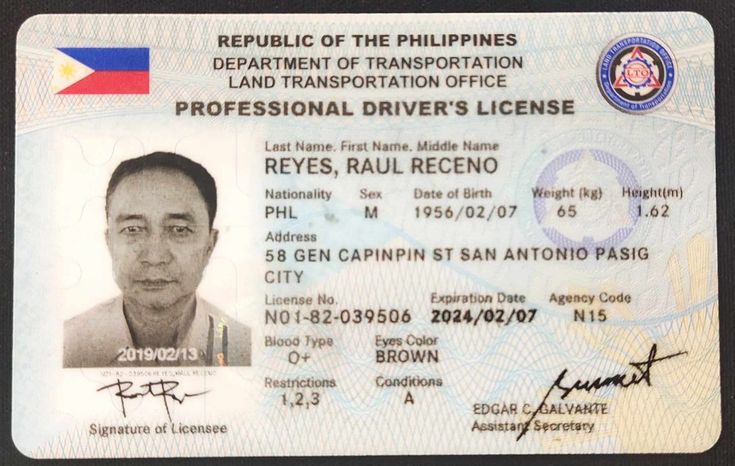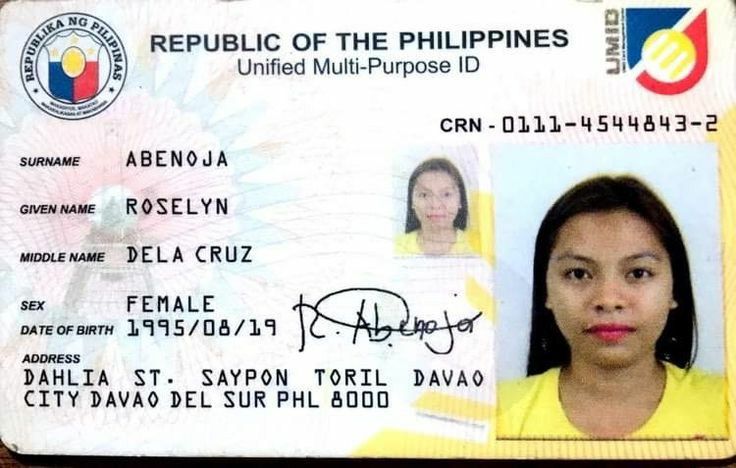How to Get a Driver’s License in the Philippines: A Hassle-Free Guide
Navigating the process of obtaining a driver’s license in the Philippines can seem daunting, especially with varying requirements for locals, foreigners, and those with unique circumstances like a suspended record. This comprehensive guide covers everything you need to know, from getting a local or international driver’s license to understanding costs, legalities, and more. Whether you’re a Filipino citizen, an expat, or a visitor, here’s how to get on the road legally and efficiently.
How to Get a Driver’s License in the Philippines Without the Hassle
To streamline the process of obtaining a driver’s license in the Philippines, preparation and knowledge of the Land Transportation Office (LTO) procedures are key. Here’s a step-by-step guide to minimize hassle:
- Start with a Student Permit:
- Eligibility: Filipino citizens aged 16+ or foreigners aged 18+ who have resided in the Philippines for at least one month with proof of staying for at least six months.
- Requirements:
- Accomplished Application for Permits and Licenses (APL) form (downloadable from the LTO website).
- Original and photocopy of a valid ID (e.g., passport for foreigners).
- Medical certificate from an LTO-accredited clinic.
- For foreigners: Passport with entry date of at least one month and visa duration of six months, or a PSA-authenticated birth certificate if born in the Philippines.
- Theoretical Driving Course (TDC) certificate (15 hours) from an LTO-accredited driving school or TESDA center.
- Process: Visit an LTO office, submit documents, have biometrics taken, and pay the fee (approximately ₱100 for the permit). The student permit is valid for one year and allows driving with a licensed supervisor.
- Apply for a Non-Professional or Professional License:
- Eligibility: Must be 17+ (18+ for foreigners), hold a student permit for at least 30 days (one year for professional licenses), and be physically/mentally fit.
- Requirements:
- Completed APL form.
- Medical certificate from an LTO-accredited clinic.
- Valid student permit.
- Practical Driving Course (PDC) certificate from an LTO-accredited driving school.
- For employed applicants: Taxpayer’s Identification Number (TIN).
- Process:
- Submit documents at an LTO office (book an appointment online if available to avoid long queues).
- Pay the application fee (around ₱585 for non-professional, slightly higher for professional).
- Take the written exam (60 questions, pass 48 for professional; 40 questions, pass 32 for non-professional).
- Pass the practical driving test.
- Have your photo and biometrics taken, then wait for your license (note: due to plastic card shortages, you may receive a paper license initially).
- Tips for a Hassle-Free Experience:
- Avoid Fixers: Deal only with legitimate LTO personnel to avoid scams.
- Prepare Documents in Advance: Ensure all documents are complete to avoid delays.
- Visit During Off-Peak Hours: Early mornings or weekdays are less crowded.
- Dress Appropriately: No slippers, shorts, or undershirts at LTO offices.
- Use Online Services: Check the LTO Online Portal for appointment scheduling or document validation.
How to Get an International Driving Permit (IDP) in the Philippines
An International Driving Permit (IDP) is essential for driving abroad and serves as a translation of your Philippine driver’s license. It’s issued by the Automobile Association of the Philippines (AAP).
- Requirements:
- Process:
- Visit an AAP office (main branch in Quezon City for fastest processing, about one hour; other branches in Makati, Alabang, Pampanga, Lipa, Cebu, or Davao may take 2–5 days).
- Submit documents and pay the fee (₱4,144 for a one-year IDP, higher for two- or three-year validity).
- Alternatively, apply through a representative or request delivery.
- Notes:
How to Get a Driver’s License with a Suspended Record
A suspended driver’s license can complicate the application process, but it’s possible to obtain or renew a license by following these steps:
- Check Suspension Status: Visit the nearest LTO office or check the LTO Online Portal to confirm the suspension details and duration.
- Settle Violations:
- Reapply or Renew:
- Additional Requirements:
- Tips:
Can Foreigners Get a Philippine Driver’s License?
Yes, foreigners can obtain a Philippine driver’s license, either by converting their valid foreign license or applying for a new one.
- Using a Foreign License:
- Converting a Foreign License:
- Eligibility: Must have a valid visa for at least 120 days and proof of residency for one year.
- Requirements:
- Process: Submit documents at the LTO main office in Quezon City. If the foreign license is valid and from a left-hand drive country, no exams are required. Right-hand drive country licenses or expired licenses require practical and/or theoretical exams.
- Applying for a New License: Follow the same process as Filipinos (student permit to non-professional/professional license). Foreigners must be 18+ and provide proof of one-month residency and a six-month stay.
- Note: Conversion is faster for those with valid licenses from countries with reciprocal agreements.
How Much Does It Cost to Get a Driver’s License in the Philippines?
Costs vary depending on the license type and additional requirements. Here’s a breakdown (as of 2023):
- Student Permit: ₱100 application fee + ₱67.63 computer fee = ~₱168.
- Non-Professional License:
- Professional License:
- International Driving Permit: ₱4,144 for one-year validity (higher for extended validity).
- Additional Costs:
- Tips: Budget for extra costs like transportation to LTO offices or driving school fees. Always verify fees at the LTO office, as they may vary by branch.

Is It Legal to Drive in the Philippines Without a Driver’s License?
No, it is illegal to drive in the Philippines without a valid driver’s license or permit. According to Republic Act 4136 (Land Transportation and Traffic Code):
- Driving without a license can result in fines, vehicle impoundment, or arrest.
- A student permit allows driving only with a licensed supervisor.
- Foreigners can drive for 90 days with a valid foreign license (in English or with an IDP/translation), but beyond that, a Philippine license or IDP is required.
- Penalties for violations include fines (₱1,000–₱3,000) and potential confiscation of the vehicle.
Always carry your license (or temporary receipt) and ID when driving to avoid legal issues.
Different Classes of Driver’s Licenses in the Philippines
The LTO issues three main types of driver’s licenses, each with specific purposes and restriction codes:
- Student Permit:
- Non-Professional Driver’s License:
- Professional Driver’s License:
- For commercial or public utility vehicle drivers (e.g., taxis, buses, heavy machinery).
- Restriction Codes:
- Additional Requirements: Negative drug test, clearance certificate (NBI/court), and one year of non-professional license experience.
- Validity: 5 years (10 years upon renewal with a clean record).
Cities in the Philippines with High Demand for Driver’s Licenses
While specific data on demand is limited, urban and economic hubs typically see higher demand due to population density, vehicle ownership, and employment opportunities requiring driving. Key cities include:
- Metro Manila (Quezon City, Manila, Pasig, Makati): High population and traffic volume drive demand, especially for professional licenses (e.g., ride-hailing, delivery). The LTO main office in Quezon City is a primary hub for foreigners.
- Cebu City: A major economic center with growing car ownership and tourism-related driving needs.
- Davao City: Increasing urbanization and logistics industries boost demand for professional licenses.
- Angeles City (Pampanga): Proximity to Clark Freeport Zone and tourism increases license applications.
- Baguio City: Popular for tourism and private vehicle use, with demand for non-professional licenses.
These cities have multiple LTO branches and accredited driving schools to accommodate applicants.
Most Asked Questions About Driver’s Licenses in the Philippines
- Can I drive with a foreign license beyond 90 days?
- What happens if my license is expired?
- How long is a driver’s license valid?
- Can I apply for an IDP without a Philippine license?
- What are the penalties for driving without a license?
- Do I need a TIN for a non-professional license?
- Can I convert my foreign license without a long-term visa?
- Are there gender-specific licenses?
Conclusion
Obtaining a driver’s license in the Philippines is straightforward if you prepare documents, follow LTO procedures, and avoid shortcuts like fixers. Foreigners can leverage their existing licenses for short-term driving or convert them for long-term stays. Costs are reasonable, but budgeting for driving courses and medical exams is essential. Always drive legally to avoid penalties, and take advantage of online tools and off-peak hours to make the process smoother. With this guide, you’re ready to hit the Philippine roads with confidence!
